HIGHLIGHTS
ESTABLISHING AN INTERNATIONAL INITIATIVE FOR EDITING (BYZANTINE TEXTS)
Edition and Interpretation
The purpose of a modern critical edition is to reconstruct the original text as written by its author. But should that be its only aim?
Arguably, it involves tracing the composition technique employed by the author, or the text's later adaptations in another register (metaphrases) or even possible translations into another language. Thus the modern editor's aim is, on the one hand, to present its history and on the other, to offer a modern, reader-friendly, text edition.
In our initiave (going back to an international conference in Nicosia from 6th to 8th December 2014, organized by Antonia Giannouli), the discussion will focus on the following subjects:
- Types of sources and supplementary materials: fontes and similia, along with imitationes and testimonia, which are essential for the constitutio textus as well as for a better appreciation for the text, in particular its composition technique and literary impact.
- The possibility or necessity of distinguishing between them in printed (or digital) editions - their arrangement in apparatuses or in commentaries.
- Text versions - synoptic or separate editions or what?
- Original text and their Byzantine "translations" or reworking - synoptic or separate editions or what?
The initiative offers text editors the opportunity to exchange ideas and experiences regarding the presentation
of sources and supplementary materials necessary for the interpretation of edited Byzantine texts.
It is already the case that many international projects, run by philologists and specialists in the Digital Humanities are
aiming to develop the proper digital tools for presenting the critically edited as well as the transmitted forms of a text,
linked with images of manuscripts and a variety of apparatuses and other information.
Specialists with this sort of experience will demonstrate how digital media can support visualization of the source and
supplementary material and will offer advise on this process.
Apart from making suggestions for and decisions about their own editions, editors will consider the potential for
more consistency in future editions and the necessity for relevant guidelines. With the various kinds of textual
transmission in mind, they may even suggest such guidelines which will be offered for further discussion and modification.
Call (open until 15th May) This year’s TEI Conference will serve as a platform for various fields and therefore offers an especially flexible and open Call for Papers.
You are encouraged to submit a TEI-topic of your own particular interest as a contribution to a multidisciplinary conference.
The title of TEI 2016 will be announced in due time based on your contributions. In the meantime, we will give equal attention to all submissions related to the Text Encoding Initiative.
One highlight of the conference will be the work of the Technical Council. A plenary session will be dedicated to exploring questions the council and membership may have for each other. "Whither TEI?" is a possible name for that particular session. Contributions from TEI and Technical Council members to this session are warmly invited.
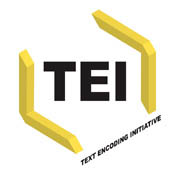
Connect, Animate, Innovate The power of the TEI is realized in interactions, between texts, between programs, between practices, and between members of its community. This theme invites considerations of technical and social applications and approaches, both to the practice of encoding and to the development of local and international communities of use. It includes training in the TEI and related areas, for example incorporating the digital into traditional forms of editing. It addresses integration of TEI-encoded texts at scale, for example in libraries and large corpora, and acknowledges that new research questions and external developments require continuous innovation.
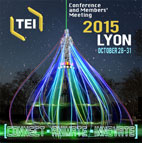
For now vHMML will take you to our online catalog, OLIVER, but starting in early 2016 it will link to the new vHMML Reading Room where registered users will be able to browse thousands of complete manuscripts for free.
vHMML will be continually updated and enriched. Later in 2015 there will be more Syriac lessons, including transcription practice, and in 2016 we'll add Arabic and Armenian, and possibly other traditions.
Please have a look, and let us know your suggestions for improvement or additions: vhmml@vhmml.org.
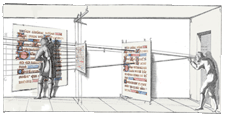
Electronic Edition
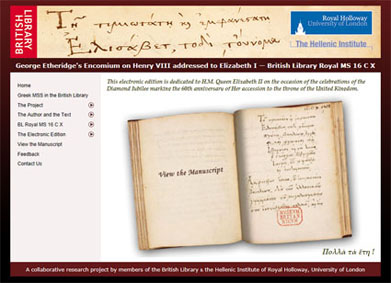
International workshop on computer aided processing of intertextuality in ancient languages
2nd-4th June 2014
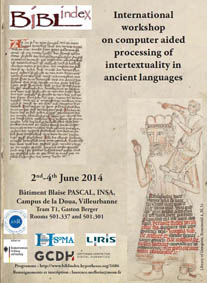
Possibilities, choices, interpretations
Editing medieval texts in 21st century
Lecture during 9th ESTS Conference, Amsterdam, 22-24 November 2012